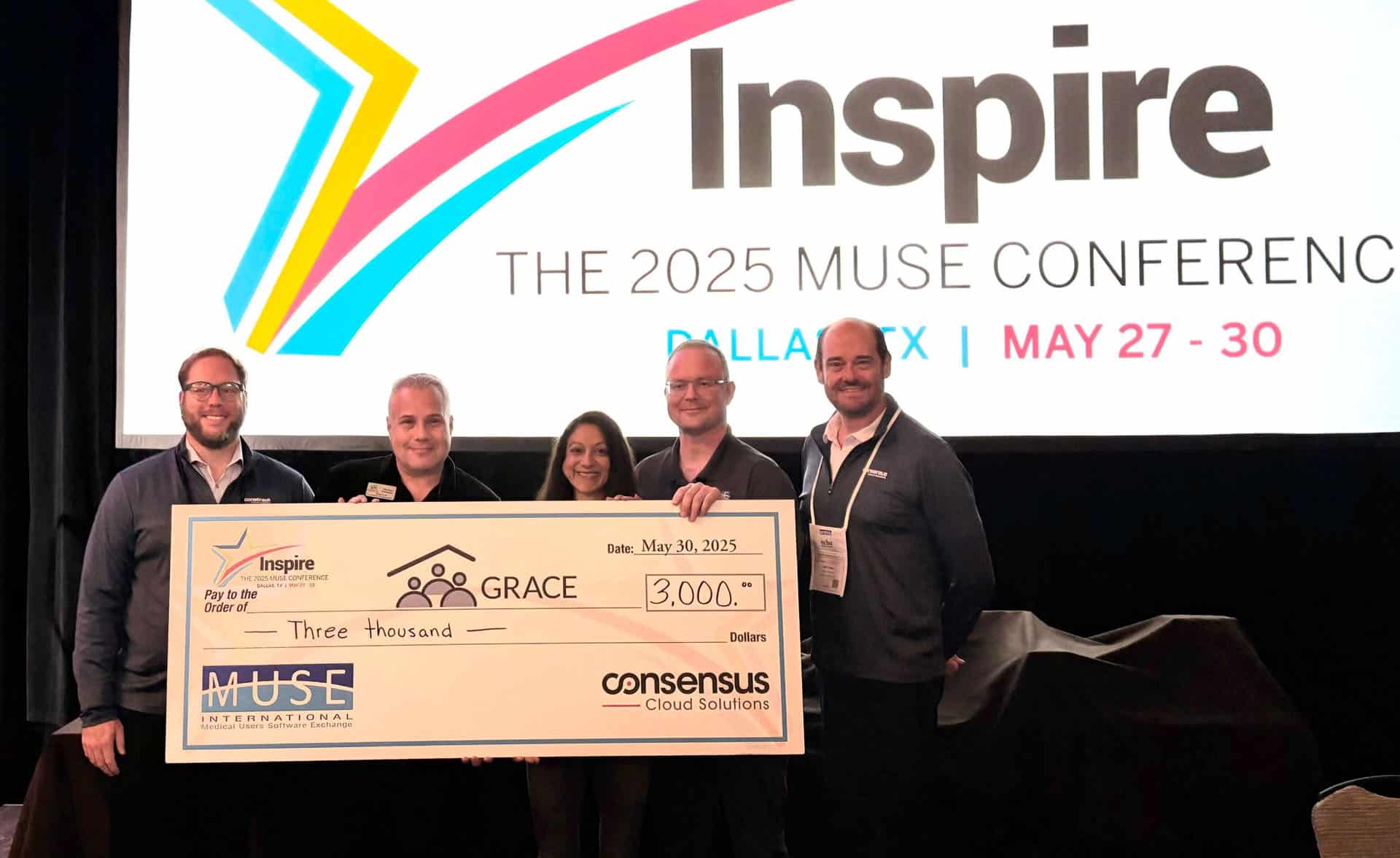
AI took center stage at HLTH 2024, where an estimated 12,000 healthcare stakeholders came to Las Vegas to explore what’s new, what’s next and what’s needed in the industry.
But unlike discussions at past HLTH events, there was a noticeable shift away from what AI could do for healthcare, in theory, toward use cases for AI that are working right now.
This year’s attendees—from health system and health plan leaders to heads of startups and innovators—found an environment marked by:
- Vendors that have “picked their swim lane” for AI. Industry pressures for proven AI use cases have forced vendors to demonstrate expertise in a particular area and market themselves based on this single capability, from ambient listening to prior authorization to clinical decision support, now called Decision Support Interventions (DSI).
- A look under the hood at AI solutions. Today’s leaders want to know how AI solutions were built, how they were trained and what they can deliver now. They’re also curious about where the best use cases are happening and the lessons learned from early adopters around implementation, engagement and sustainable success.
- Intense interest around ways to measure AI success. There’s an emphasis on validation, making sure the AI tool delivers on its promises for a healthcare setting. This has led to more mature conversations around which key performance indicators should be used to evaluate performance, the timeframe in which leaders can expect results and the gains similar organizations have made, from improved health outcomes and operational efficiency to reduced burnout, administrative burden and cost.
Among health system leaders, there’s also a palpable sense of caution in evaluating new AI solutions. That’s not surprising, given the number of organizations that have struggled to find solutions that deliver tangible value. A Black Book survey released just three weeks before HLTH found 96% of healthcare leaders face challenges with demonstrating ROI from AI solutions. Nine out of 10 say their solutions aren’t accurate or actionable enough in clinical settings. Meanwhile, 85% saw “little to no ROI” from solutions that automate diagnostics or treatment planning because these tools “failed to grasp the complexities of real-world clinical environments.”
For these leaders, questions such as, “What problem do we want to solve with AI? And, is it worth the investment?” are just the start of the AI evaluation process. There’s also a desire to go beyond minimal impact toward tackling big problems with AI investments. The prevailing thinking is, “If we can’t address our most pressing challenges with this tool, it’s probably not worth the time, energy and resources to make the investment.”
Our Take: AI Doesn’t Have to Be Expensive to Be Transformative
We continue to believe AI’s biggest potential for right-now value comes from intelligent data extraction: applying machine learning and natural language processing to unstructured documents to transform the data into actionable insights. The value in this approach extends beyond small organizations.
Think of healthcare disruptors (like Best Buy), which had a supersized presence at HLTH with a tech-enabled approach to at-home care. What happens when state Medicaid programs fax their patient information to team members to act upon? Someone has to enter the data from the fax. Or when a pharmacy – (also in attendance, like Kroger or Walgreens) – receives a faxed prescription, intelligent data extraction is a powerful tool for transforming this unstructured data and applying it to structured data fields that can be mapped to any receiving workflow.
It’s a technique that can be applied to images, PDFs, scans and even handwritten text. Included in the value of intelligent data extraction is a technology most organizations already possess—digital cloud fax. Many Consensus customers using eFax Corporate®, our industry-leading digital cloud fax platform, are increasingly adopting advanced tools like Clarity, our AI solution, to revolutionize workflows, freeing administrative staff from tedious, time-consuming, and error-prone data entry.
Because it’s a pragmatic approach to addressing healthcare’s unstructured data problem, it’s a tool that empowers healthcare’s “digital have nots”—small organizations that didn’t receive federal funds to implement an EHR—to seamlessly exchange structured information with their large-system counterparts. Once the data is structured it can be shared using FHIR, HL7, X12 and Direct Secure Message to share information. That means better care and more reliable access to referrals.
Find out more about our take on where AI could provide transformative value for healthcare in my interview with Healthcare IT Today, recorded during HLTH.































